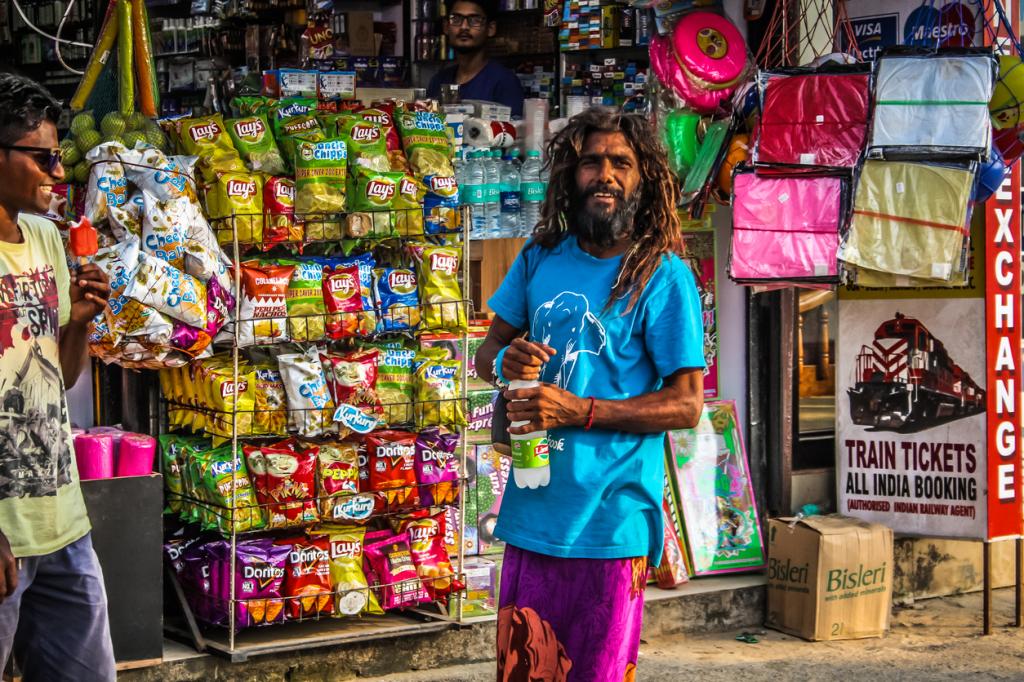

Food Safety and Standards Authority of India needs to clearly define high fat sugar salt food, scientists recommend



India’s ultra-processed food sector grew at a compound annual growth rate of 13.37 per cent in retail sales value from 2011 to 2021, a report by the World Health Organization with the Indian Council for Research on International Economic Relations found.
The upward trend needs to be curtailed with policy interventions to prevent an obesity epidemic in India similar to what some western countries are experiencing, the authors of the report said.
The British Heart Foundation defines ultra-processed food as those with a long shelf life and generally have five or more ingredients, including but not limited to preservatives, emulsifiers, sweeteners and artificial colours and flavours.
They are a key risk factor for noncommunicable diseases early in life, as documented by several researchers.
The Indian ultra-processed food sector’s annual growth rate declined sharply when the pandemic first struck, dropping from 12.65 per cent in 2019 to 5.50 per cent in 2020, the report showed.
However, a significant rebound in sales occurred the following year when an 11.29 per cent growth was observed during 2020-2021, it added.
Chocolate and sugar confectionery, salty snacks, beverages, ready-made and convenient foods and breakfast cereals were identified as the five popular categories of ultra-processed foods.
In terms of retail sales volume, the share of beverages was the highest during 2011-2021, followed by chocolate and sugar confectionery and ready-made and convenience food in the second and third place, respectively, the analysis highlighted.
Among beverages, the retail volumes in 2021, concentrates / squashes accounted for 77 per cent of the market (a decline from 80 per cent in 2011), followed by soft drinks / concentrates at 13 per cent and juices at 9 per cent, the report added.
The researchers wrote:
From a policy perspective, it is important to note that health consciousness may be pushing consumers away from carbonated sugar-sweetened beverages to juices or flavoured milk as observed during the COVID-19 pandemic, consumers shifted towards fruit and vegetable juices to help boost their immunities. However, such beverages may also have high free sugar content.
In the chocolate and sugar confectionery category in 2021, the subcategory of sweet biscuits accounted for over 43 per cent of the market share in terms of retail sales value, the findings showed. The reason sweet biscuits are consumed mainly is that they are cheap, easy to store and have a long shelf-life, according to the analysts.
“The advertising and marketing regulations need to consider that sweet biscuits are a popular snack among children and targeted efforts are needed to reduce marketing and advertisement of such products to children,” they added.
Retail sales of salty snacks rose at a rate of 16.78 per cent from 2011 to 2021, the data indicated. High salt content can make consumers vulnerable to hypertension and heart and kidney diseases, among others, the authors reminded in the report.
The report made recommendations to help India attain nutritional security and meet the United Nations-mandated Sustainable Development Goals by 2030.
“The Food Safety and Standards Authority of India (FSSAI), in consultation with other stakeholders, should come up with a clear and transparent definition of High Fat Sugar Salt (HFSS) food,” the researchers wrote in the report.
Once the FSSAI defines HFSS foods, “the GST Council needs to link their tax structure with the HFSS food definitions. A nutrient-based tax model focuses on higher taxes for products which have fat, sugar, and salt beyond the recommended levels and lower taxes for the healthier and reformulated options”, they added.
India’s policies and programmes such as Saksham Anganwadi and Poshan 2.0 do not adequately cover the issue of overnutrition and unhealthy diet-related diseases, the authors of the report observed.
“After consultation with all the stakeholders and taking their views and concerns into account, there is a need to strengthen the existing policies and move towards a comprehensive national nutrition policy which covers the dual problems of under- and over-nutrition and clearly specifies the objectives, goals and targets,” they added.
Low intake of whole grains was the leading dietary risk factor for the increased prevalence of NCD-induced deaths, mostly cardiovascular diseases and diabetes, in India, according to the Global Burden of Disease study in 2019.
The authors of the report called for a nutritional transition to a healthier lifestyle.
We are a voice to you; you have been a support to us. Together we build journalism that is independent, credible and fearless. You can further help us by making a donation. This will mean a lot for our ability to bring you news, perspectives and analysis from the ground so that we can make change together.

Comments are moderated and will be published only after the site moderator’s approval. Please use a genuine email ID and provide your name. Selected comments may also be used in the ‘Letters’ section of the Down To Earth print edition.